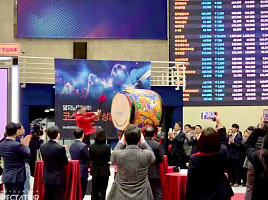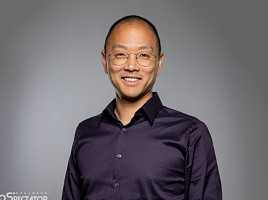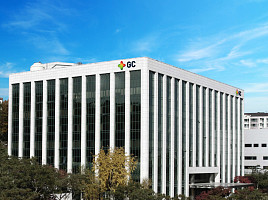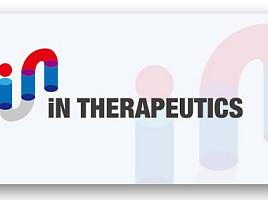기사본문
PlatBio, Develops new Drugs based on Translational Research, “Open Assist”
입력 2018-12-14 10:10 수정 2019-01-28 21:29
바이오스펙테이터 Sungmin Kim 기자

▲플랫바이오 공동 창립자인 유현경 이사, 차미영 대표, 김선진 회장, 이호정 이사, 하영은 팀장(왼쪽부터).
There have been many cases of candidate materials developed by pharmaceutical companies for new drugs but failed due to trifling differences. Approximately, 60% of the development of new drugs has failed not because of developed materials but because of the ignorance of how to exploit such materials. Apparently, there were cases of new drugs which manifested high toxicity and low efficacy in clinics. PlatBio develops the “First-in-Class” new drugs by conducting translational research using the PTIINT platform.
Sun Jin Kim, the Chairman of the board of PlatBio Inc., said in the meeting with reporters from Biospectator as follows: “PlatBio Inc. was founded in October this year under the slogan, ‘Making Bio-History’.” The position of PlatBio resides in the translational research platform technology from which its domain of spontaneous R&D extends broadly to the extent of the license in/out of new drugs (BD/eRD) and even of CRO.
Founders of PlatBio comprise the team that played key roles in the foundation of the company together with Chairman Kim Seon-jin, who led the leading translational researches of the team since the time he was working as a vice-president of Hanmi Pharm. Co., Ltd. President Cha Mi-yeong was the director-in-charge of the research center and overseas business development (BD) in Hanmi Pharm. Co., Ltd. Director Lee Ho-jeong and Director Ryu Hyeon-gyeong worked in association with Chairman Kim since the time they were working in the MD Anderson Cancer Center and conducted translational researches in the center of research of Hanmi Pharm. Co., Ltd. Ha Yeong-eun, the Chief of the team, was also working in the translational research team in Hanmi Pharm. Co., Ltd., and joined the members of the PlatBio.
PlatBio is differentiated from other start-ups based on the exploitation of the orthotopic model. Chairman Kim Seon-jin explained, “... the orthotopic model can represent over 75~80% of patients’ tumors rendering higher probability of translation...”, “... the environment of the orthotopic model is similar to that of clinics. The process of intrusions of target and cancer into tissues and of the subsequent metastasis by an adaptation thereof is similar to that of an actual patient.”... <계속>







